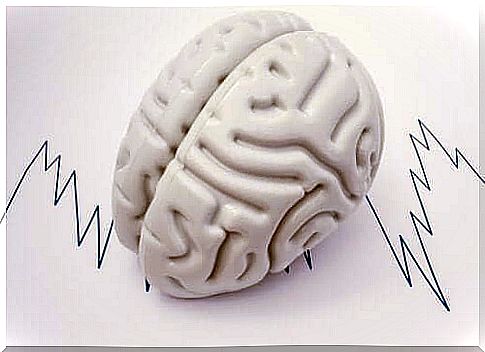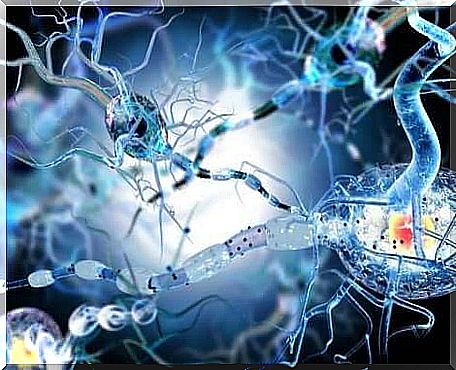Types Of Epileptic Seizures

The epileptic seizures that exist and that medicine has described so far are varied. There are more than five known performances and each one with its own peculiarities.
The Epilepsy is a disorder in which neuronal electrical discharges occur within the nervous system throughout the body. The discharges are sudden and happen suddenly, interrupting other functions of the neurons.
Epileptic seizures usually last for a short time. Once they are finished, the person returns to normal. This restoration is complete and should not leave any aftereffects; otherwise, there may be other underlying illnesses.
It is estimated that, regardless of the types of epileptic seizures suffered, 1% of the population has already had an episode. Of those diagnosed as epileptics and treated, one-fifth of patients cannot control seizures despite medication.
The types of epileptic seizures are divided into two major groups:
- Generalized seizures : they originate because the neuronal electrical discharge occurs at the same time in a large part of the brain, including affecting the entire brain organ.
- Partial seizures: also called focal seizures, because they are localized or focused on a particular and limited group of neurons.
Types of Generalized Epilepsy Seizures
The first large group of epileptic seizures is widespread. These are types of seizures that share the simultaneous discharge of massive brain neurons. Among them, we have:
- Tonic-clonic : perhaps the best known epileptic seizure. The patient’s body stiffens first and then rhythmically shakes the limbs and torso. It is common for a person to fall with loss of consciousness and even lose control of the sphincters. Another complication is tongue bite and head trauma from the fall.
- Absence seizures: these types of epileptic seizures are contrary to the previous ones. The patient remains static, staring into infinity and unable to respond. There is a loss of knowledge that is not expressed as fainting, but as an absence of reality. Epileptics with these seizures usually suffer for periods of about ten seconds.
- Myoclonic : unlike the tonic-clonic crisis, there are no episodes of postural rigidity. When neuronal electrical discharge appears, the patient shakes the body, especially the upper limbs. Sometimes the form of presentation is light and is taken as a minor nervous tic. Other times, it is associated with loss of consciousness with a fall and fainting.

Types of focal epilepsy seizures
Among the types of focal epileptic seizures, in which the electrical discharge comes from punctual neurons, we have:
- Simple partial : it is a clinical presentation without loss of consciousness. The person experiences muscle spasms of some part of the body accompanied by sensations such as tingling. It has subvariety, such as seizures that consist only of a sensation felt by the person without external signs. Or sensory crises, for example, with hallucinations.
- Complex partial crisis : this condition presents loss of consciousness and is similar to absence crises. The person can be absorbed like a cloud for a moment, performing automatic movements such as chewing. As he loses consciousness, the patient does not remember the episode.
- Partial with generalization : it is the focal crisis that evolves during the episode and changes from localized to generalized. The final symptoms will be those of a type of epileptic fit, as described at the beginning.
- Epileptic spasms : It is a presentation of children, specifically those under one year of age, and rarely among those over two years old. The sign is an extension of the body or abrupt flexion of the entire body for almost five seconds.

Not all seizures are epilepsy
We have commented before: having an epileptic seizure does not necessarily mean being an epileptic. Therefore, complementary neurological methods must be performed to reach the diagnosis of epilepsy as such.
The epileptic fits that sometimes affect pregnant women with eclampsia usually do not hide an epilepsy. Precisely, the symptoms derive from the condition of eclampsia and, once the pregnancy is over, the episodes disappear.
The study most frequently requested by doctors to rule out epilepsy or confirm a type of epileptic seizure is the electroencephalogram. Through a recording through a device, traces of brain waves are obtained. On the other hand, if necessary, the study can be complemented with a brain image. The aim of this diagnostic method would be to find a brain lesion that could be the cause of epilepsy, such as a tumor.
So, was this article helpful to you? So please stay with us as we have more information for your health and well-being. Don’t miss it!







